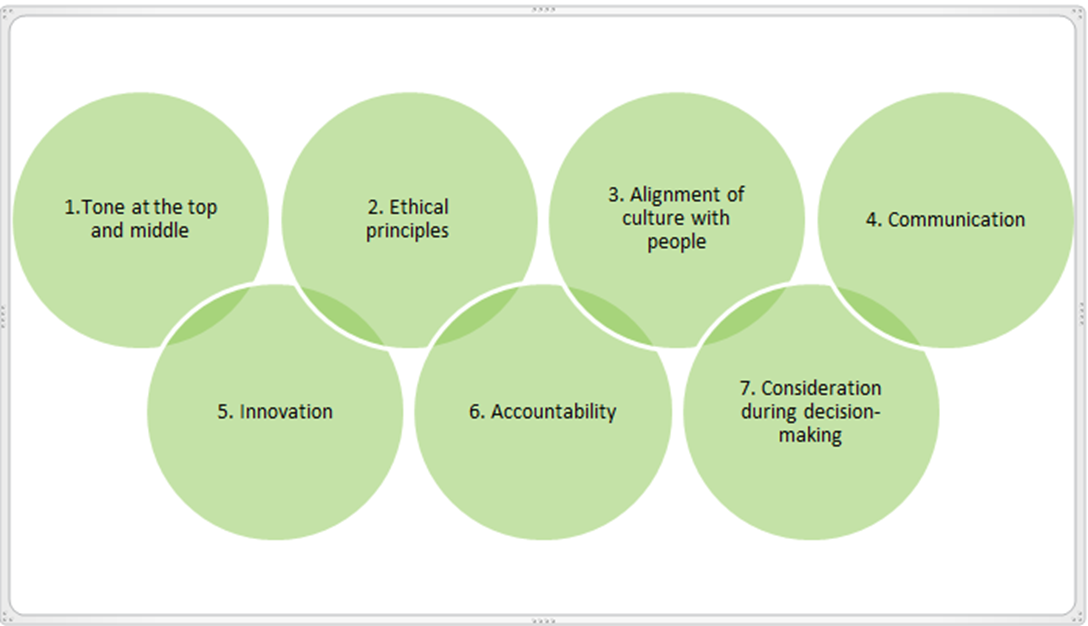
Cultivating a Positive Risk Culture in Your Organization
Your company keeps experiencing negative events like vendor(s) not keeping their commitments, product changes that weren’t received well, or people leaving the company in droves because they feel like their job has no meaning or they are not valued.
Management doesn’t understand why these events keep happening much less how to address them; they just understand the headaches they create.
To address these problems, management embarks on a variety of Band-Aid fixes to a much deeper issue…
For the vendor who couldn’t keep its commitments, management immediately institutes changes in the procurement process.
Or the unwelcome product change has the company dancing to make its customers happy. Maybe the company gives a small pay increase to all employees, hoping that will satisfy them to stay.
Despite their best intentions, these ideas just aren’t working. What is going on? Do employees feel like they can provide feedback without getting slammed by co-workers or their boss? If not, then there is likely a bad culture at work. You keep hearing about this thing called “risk culture” but can’t really link it to what is going on in your organization.
The attitude of employees across the organization from the bottom all the way to the top leads to behavior which leads to the culture of the organization.
Risk culture is the mindset of the organization related to risk and risk-related topics, including enterprise risk management and risk versus opportunity. Employees take their cues from executives and the board. If the executives don’t incorporate risk and opportunity into everyday discussions and decision-making, then no one else will take it seriously.
To reverse this trend, you need to go deeper than just the individual event. What’s likely driving these issues is the lack of a positive risk culture in your organization. Cultivating a positive risk culture starts with the following 7 elements:

- Tone at the top and middle
- Ethical principles
- Alignment of culture with people
- Communication
- Innovation
- Accountability
- Consideration during decision-making
These elements are threads in the fabric of the organization – they are woven into everything the organization does. You cannot change just one and hope all will follow suit. And it cannot be changed quickly or by brute force.
Personally, I prefer the phrase “cultivate a positive risk culture.” One definition of “cultivate” according to Merriam-Webster is “…to improve by labor, care, or study.” In the context of risk culture, “cultivate” means to foster, encourage, develop or improve by education or training. Simply throwing out directives and subtle threats will not address the underlying issues outlined above – it takes deliberate, consistent and persistent effort to change and ultimately “cultivate” a positive risk culture.
5 critical steps to cultivating a positive risk culture in your organization
Now that you know the key elements to be looking for, there are 5 steps to truly cultivate a positive risk culture in your organization:
- Assess your organization’s risk culture
- Gather information and develop tools for meaningful decision-making
- Enable and empower employees (and management too!) to make meaningful decisions
- Get active board involvement
- Monitor and make corrections
Remember – an organization with a positive risk culture welcomes and embraces candid feedback and suggestions for improvement.
And remember that while you are doing this, you need to adapt your approach to the organization.
What challenges are you facing that can be linked to your organization’s risk culture?
If you have attempted to address different challenges in your organization just to end up back at the same place, you may need to go deeper than the individual problem. If you are struggling with cultivating a positive risk culture in your organization, contact us to explore how you can overcome those challenges…
